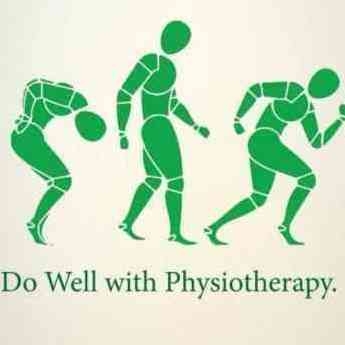+918042754929

This is your website preview.
Currently it only shows your basic business info. Start adding relevant business details such as description, images and products or services to gain your customers attention by using Boost 360 android app / iOS App / web portal.
PRONATOR TERES SYNDROME ⠀ [MEDIAN NERVE ENTRAPM...
PRONATOR TERES SYNDROME ⠀ [MEDIAN NERVE ENTRAPMENT] ⠀ Pronator teres syndrome (PTS) is caused by a compression of the median nerve (MN) by the pronator teres (PT) muscle in the forearm. In the majority of cases (66%), it arises from unequal two heads: the larger humeral head from the upper part of the medial epicondyle and the smaller ulnar head from the coronoid process of the ulna. They pass down to the forearm, form a common flexor tendon and insert into the radial shaft. Before the two heads unite, the median nerve passes between them in 74% to 82% of the cases, innervating both heads from C6-7 roots. ⠀ Quick and repetitive grasping or pronation movements (prolonged hammering, cleaning dishes, tennis) may cause PT muscle hypertrophy and entrapment of MN, especially in those individuals who have additional fibrous brands. PTS has been described after local trauma and in patients undergoing anticoagulation therapy and renal dialysis. Tight lacertus fibrosis may exacerbate the symptoms of PTS. ⠀ PTS is a rare condition that may be easily overlooked and mistaken for a more much frequent carpal tunnel syndrome (CTS). No age group preference has been described, but one study reports a higher prevalence of PTS in men. ⠀ PTS may manifest with pain in the volar forearm region, aggravated by resisted pronation of the forearm and flexion of the elbow, and a positive Tinel sign over the proximal edge of PT. The patient may report significant weakness. Wasting of the median innervated muscle is rare in PTS, but a mild weakness of flexor pollicis longus (FPL) and abductor pollicis brevis (APB) is not uncommon, with some involvement of flexor digitorum profundus (FDP) to digits 2 and 3 and opponens pollicis (OP). The PT itself is usually spared because it received innervation before the MN pierces it. Sensory loss is variable, involving the palm of the hand or mimic that of carpal tunnel syndrome including the thenar eminence, thumb, index, middle and ring fingers. Positive Phalen test over the PT muscle can be present in 50% of cases.

